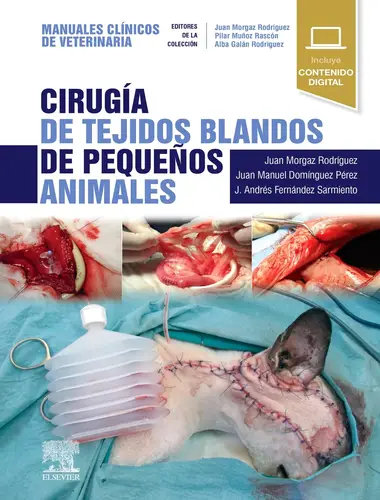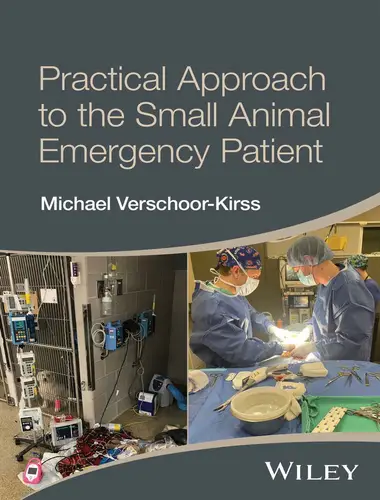This publication is primarily for poultry farmers and service persons trying to control rats and mice in poultry houses. However, much of the information may also be applied in controlling rats and mice in other poultry facilities.
You can good rat and mouse control by using properly selected rodenticides and baits. Once you select and properly mix the bait, proper placement and care to keep the bait fresh and clean are important. A good rat and mouse control program requires some effort and expense, especially at first.
How to Control Commensally Rodents in Poultry Houses
Commensal Rodents
 Rats make up the largest single group of mammals on earth-one-third of the earth’s total mammal population. Several kinds of rats and mice are found. However, only the Norway rat, the roof rat, and the house mouse are considered important pests around farms and homes. They are referred to as “commensal rodents” because of their intimate relationships with humans.
Rats make up the largest single group of mammals on earth-one-third of the earth’s total mammal population. Several kinds of rats and mice are found. However, only the Norway rat, the roof rat, and the house mouse are considered important pests around farms and homes. They are referred to as “commensal rodents” because of their intimate relationships with humans.The Norway Rat

The Norway rat is slightly larger than the roof rat and is primarily a burrowing animal but can climb when necessary. It prefers to live in a burrow 8 to 18 inches below ground. It is sometimes called the sewer rat, house rat, wharf rat, or barn rat.
The Roof Rat
 The roof rat is a good climber and seldom burrows in the ground. It lives above ground in attics, between walls, in cabinets and shelves, and in barn lofts. The roof rat, compared to the Norway rat, has a more slender, streamlined body, more pointed nose, ears and eyes, and its tail is longer than its body.
The roof rat is a good climber and seldom burrows in the ground. It lives above ground in attics, between walls, in cabinets and shelves, and in barn lofts. The roof rat, compared to the Norway rat, has a more slender, streamlined body, more pointed nose, ears and eyes, and its tail is longer than its body.
The roof rat is a good climber and seldom burrows in the ground. It lives above ground in attics, between walls, in cabinets and shelves, and in barn lofts. The roof rat, compared to the Norway rat, has a more slender, streamlined body, more pointed nose, ears and eyes, and its tail is longer than its body.They usually feed twice at night-just after dark and just before dawn. They usually stay within a 100-foot radius if food and water are available but have been known to move almost a mile a day in search of plentiful water and shelter. Adult rats eat about 1 ounce of food and 1.5 ounces of water per day. Without food, weakness begins after about three days, but without water, weakness begins in one or two days. When weakness begins from lack of food or water, they begin to move elsewhere. Overpopulation also causes some rats to seek new locations. They usually feed twice at night-just after dark and just before dawn. They usually stay within a 100 foot radius if food and water are available but have been known to move almost a mile a day in search of plentiful water and shelter. Adult rats eat about 1 ounce of food and 1.5 ounces of water per day. Without food, weakness begins after about three days, but without water, weakness begins in one or two days. When weakness begins from lack of food or water, they begin to move elsewhere. Overpopulation also causes some rats to seek new locations.
Reproduction of Rats and Related Population
 Rats breed at three to four months of age and probable continue until about 18 months old. Gestation is 21 to 25 days. The young are weaned at three weeks old, often just before the arrival of another litter. A female can breed only one day after giving birth. If fertilization does not occur, she will come into heat about every five days. A female averages six litters per year, with nine young per litter. However, under ideal conditions, litters may contain 20 young, and 14 litters have been recorded during one year. The babies from one pair of rats would be more than 3.5 million in three years under ideal conditions and ignoring the death rate. In natural conditions, however, many die, but in a year, as many as 60 to 70 offspring from one female may mature. Breeding is greatest in spring and fall, drops some in summer, and drops substantially in winter.
Rats breed at three to four months of age and probable continue until about 18 months old. Gestation is 21 to 25 days. The young are weaned at three weeks old, often just before the arrival of another litter. A female can breed only one day after giving birth. If fertilization does not occur, she will come into heat about every five days. A female averages six litters per year, with nine young per litter. However, under ideal conditions, litters may contain 20 young, and 14 litters have been recorded during one year. The babies from one pair of rats would be more than 3.5 million in three years under ideal conditions and ignoring the death rate. In natural conditions, however, many die, but in a year, as many as 60 to 70 offspring from one female may mature. Breeding is greatest in spring and fall, drops some in summer, and drops substantially in winter.
The House Mouse
 The common house mouse depends less on humans than rats do. It commonly inhabits grassy fields and cultivated grain crops and adapts well to living away from humans. For example, some have been captured on open tundra in Alaska, miles away from human settlements. On the other hand, they adapt well to living with humans, as indicated by a report of their living 1,800 feet below ground in a coal mine, probably feeding on lunch scraps of the miners.
The common house mouse depends less on humans than rats do. It commonly inhabits grassy fields and cultivated grain crops and adapts well to living away from humans. For example, some have been captured on open tundra in Alaska, miles away from human settlements. On the other hand, they adapt well to living with humans, as indicated by a report of their living 1,800 feet below ground in a coal mine, probably feeding on lunch scraps of the miners.
The house mouse has a small range. Home range tends to be from a few feet up to 25 feet. This is important to know when determining the frequency and distance to place poison bait or traps. Mice, unlike rats, show almost no fear of new objects placed in their ranges. Rats and mice have poor vision. Rats see clearly only up to about 2 feet and mice even less-6 inches. However, they can detect movement beyond their clear-vision range. Their activity patterns are based on their keen senses of smell, taste, hearing, and touch.
“Mouse Reproduction of the house mouse is similar to rats. The average gestation is 20 days, and litter size is about six, with six to ten litters per breeding life of the female.”






